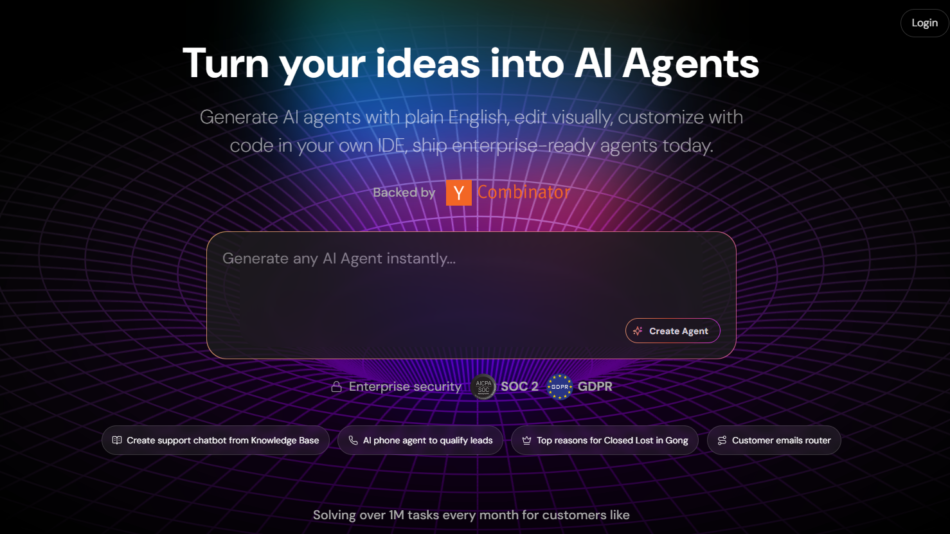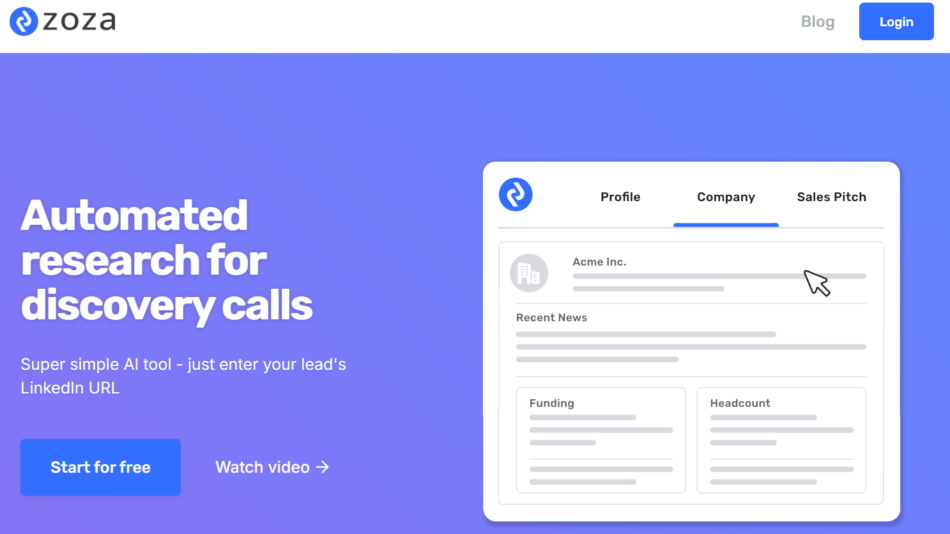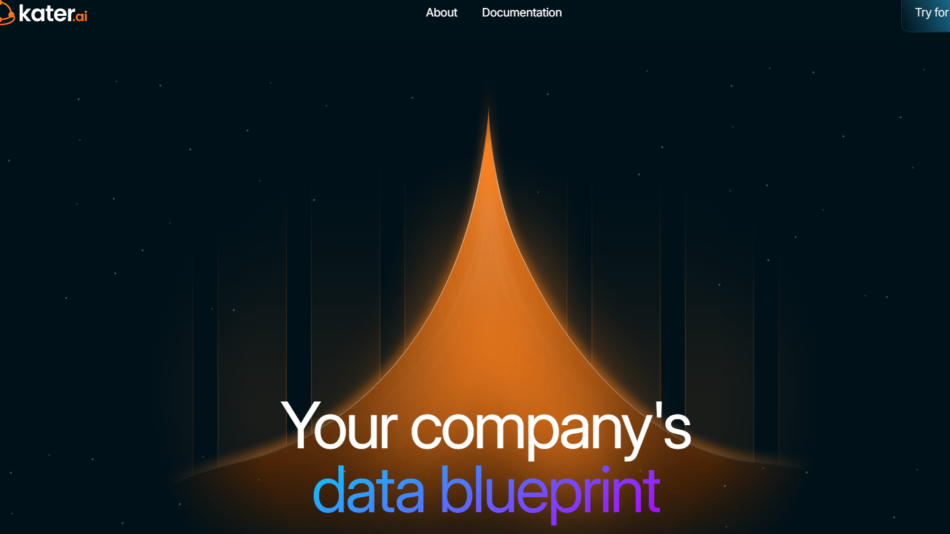LanceDB is an open-source, high-performance vector database designed specifically for building AI, machine learning, and large language model (LLM) applications. It enables developers and teams to store, query, and retrieve embeddings at scale—powering semantic search, RAG (retrieval-augmented generation), recommendation systems, and other AI-driven workflows.
Built on the Lance format, a columnar data format optimized for vector search and analytics, LanceDB combines the performance of modern query engines with the simplicity of embedded databases like SQLite. It allows teams to perform lightning-fast similarity search using dense embeddings, all while enabling rich metadata filtering and analytics.
Unlike many vector databases that require managing external servers or cloud infrastructure, LanceDB can run fully locally, making it ideal for developers looking for low-latency, zero-dependency solutions for their AI apps.
Features
LanceDB offers a wide array of features that make it an appealing choice for AI developers and data teams.
It is optimized for storing and searching vector embeddings with extremely low latency. The database supports approximate nearest neighbor (ANN) search and exact search, depending on the use case and precision requirements.
The platform uses the Lance file format, which is columnar, compressed, and designed for both fast sequential access and random access—ideal for handling billions of embeddings efficiently.
LanceDB is designed to be embedded, meaning it doesn’t require managing a server or cluster. It integrates directly with Python applications and supports on-disk and in-memory modes, enabling flexible deployment from prototyping to production.
It supports vector search with rich metadata filtering. This allows developers to combine semantic search with structured queries—for example, filtering search results by category, date, or tags while ranking them by embedding similarity.
LanceDB integrates with leading AI/ML frameworks including Hugging Face, OpenAI, LangChain, and PyTorch, enabling seamless pipeline creation for retrieval-augmented generation (RAG), chatbots, and search systems.
The API is developer-friendly and easy to integrate into any Python-based ML or backend application. The team behind LanceDB also provides bindings for Rust and is working on support for other languages.
LanceDB also supports data versioning and time travel, allowing users to query previous states of the database for debugging or audit purposes.
How It Works
LanceDB uses a hybrid architecture built on the Lance format and optimized indexing structures to power fast similarity searches and analytics.
Users start by creating a table that stores both vector embeddings and optional structured metadata. Embeddings can be added in batches, and data is automatically indexed.
To perform a search, a user provides a query vector (such as an OpenAI or SentenceTransformer embedding), and LanceDB retrieves the most similar entries using either approximate or exact search methods.
Rich metadata filtering allows users to limit the result set by attributes such as string labels, numerical ranges, or Boolean conditions. This is particularly useful for multi-modal data or complex applications like question answering over documents or product search with filters.
Since LanceDB is embedded, all operations run locally by default, but the database format is optimized for scale and can be deployed on remote or cloud infrastructure as needed.
The entire system is designed for fast iteration, reproducibility, and compatibility with modern ML pipelines.
Use Cases
LanceDB is designed for a wide range of AI-powered applications where vector search and structured data need to coexist.
In retrieval-augmented generation (RAG) systems, LanceDB can store document embeddings and retrieve relevant context for LLM prompts, enhancing accuracy and grounding.
Semantic search applications use LanceDB to index large corpora of unstructured text, code, or media, allowing users to search based on meaning rather than keywords.
Recommendation engines use LanceDB to retrieve similar items based on user behavior or product features embedded into vector space.
In e-commerce, LanceDB can power visual search by indexing product image embeddings and combining them with metadata filters like price, category, or availability.
For developer tools and AI assistants, LanceDB enables fast lookup of code snippets, API documentation, or customer support knowledge bases using natural language queries.
Startups and research teams also use LanceDB in local-first workflows to prototype and test AI models before deploying to the cloud.
Pricing
LanceDB is fully open-source and free to use. The core engine and all features are available under the Apache 2.0 license, making it suitable for both personal and commercial use.
There are no licensing fees, usage caps, or proprietary components in the base project. Organizations can host, extend, and integrate LanceDB into their own products with complete flexibility.
The team behind LanceDB may offer cloud-hosted or enterprise solutions in the future, but as of now, the platform is community-driven and openly available on GitHub.
Strengths
LanceDB’s embedded, open-source design gives developers complete control over their vector search infrastructure without vendor lock-in or server management.
Its performance is competitive with leading cloud-based vector databases but without the complexity or cost of managed services.
The combination of vector search and rich metadata filtering makes it suitable for complex, production-ready AI applications.
Its seamless integration with the Python ecosystem and tools like Hugging Face and LangChain makes it highly accessible to ML engineers and researchers.
Support for time travel and data versioning provides strong foundations for auditability and reproducibility—critical in AI and ML pipelines.
Drawbacks
LanceDB is currently optimized for local or single-node use cases, so teams needing distributed, large-scale multi-tenant infrastructure may need to wait for future enhancements or build custom wrappers.
As a newer platform, some enterprise-grade features like built-in security, role-based access, and hosted deployments are not yet available.
Being Python-first, LanceDB may not yet support teams using other ecosystems such as JavaScript, Go, or enterprise data platforms without additional engineering work.
Community support and third-party integrations are still maturing compared to older vector databases.
Comparison with Other Tools
Compared to Pinecone and Weaviate, LanceDB is fully open-source and can run locally, whereas many others rely on managed cloud services.
Versus FAISS, which is a library focused purely on similarity search, LanceDB adds structured storage, metadata querying, time travel, and table abstractions, making it easier to use in full-stack applications.
While Qdrant and Milvus offer high-performance distributed search, LanceDB prioritizes simplicity and local-first workflows for developers building fast, embedded AI apps.
LanceDB is ideal for teams prioritizing performance, control, and low-complexity deployment without sacrificing advanced capabilities like hybrid search and analytics.
Customer Reviews and Community Feedback
LanceDB has been well-received in the open-source and AI developer community. On platforms like GitHub and Hugging Face, users praise its performance, ease of integration, and clarity of design.
Developers often highlight how quickly they can go from installation to running a full semantic search pipeline without setting up servers or clusters.
Early adopters in RAG projects, ML research, and search prototypes report faster iteration cycles and lower compute costs compared to cloud-based solutions.
The active Discord and GitHub communities provide responsive support, and the team behind LanceDB regularly ships updates and features based on user feedback.
Conclusion
LanceDB is a modern, open-source vector database purpose-built for the AI era. It offers a powerful combination of fast similarity search, structured filtering, and local-first simplicity, enabling developers to build and iterate on AI applications quickly and efficiently.
Whether you’re working on semantic search, LLM pipelines, or recommendation engines, LanceDB provides a performant, flexible, and cost-effective foundation. For teams looking to break free from complex infrastructure and proprietary vector services, LanceDB is a compelling and future-proof choice.















